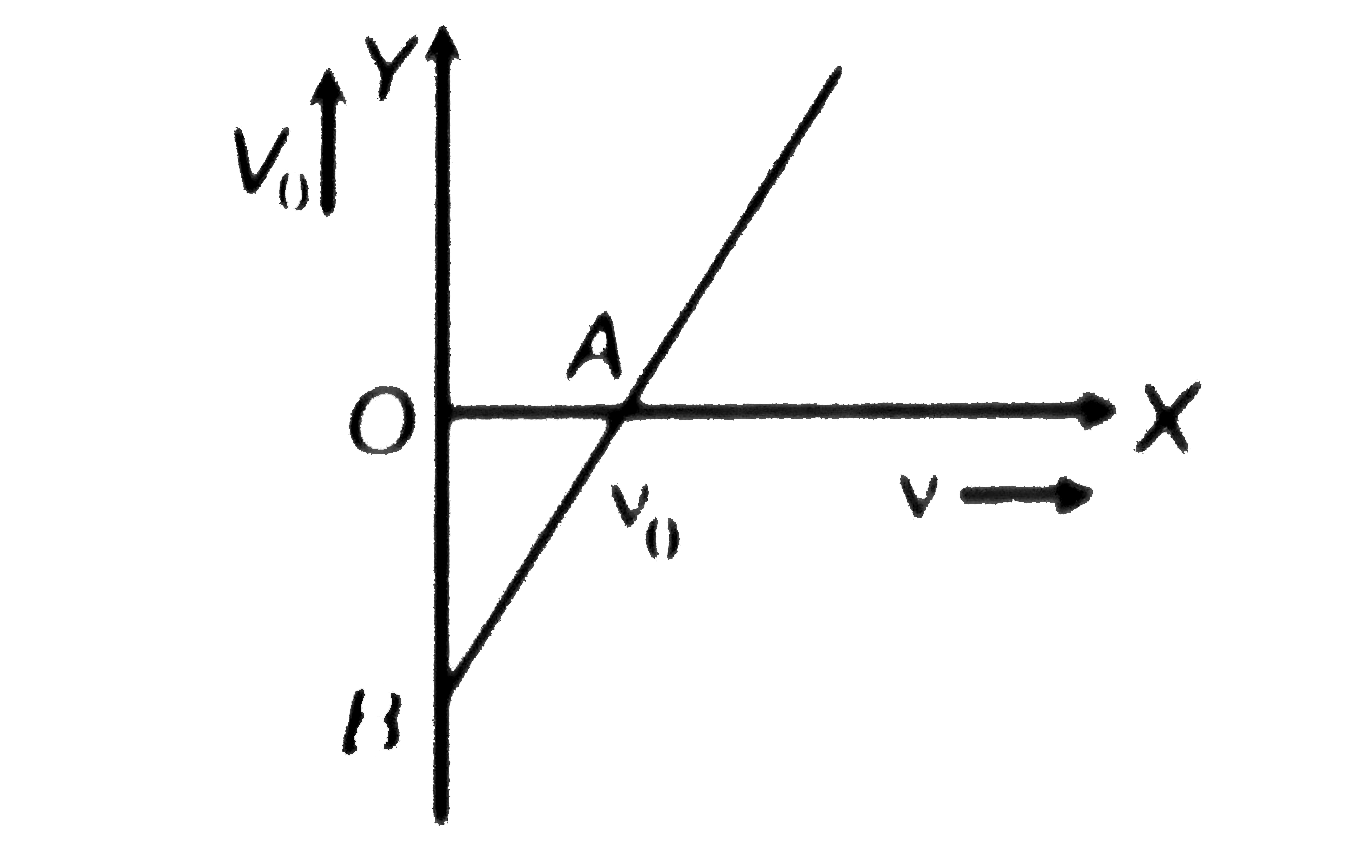Explain how photoelectric effect can be studied in laboratory ?
What is the effect of
Frequency of incident light on stopping potential?
Text Solution
The experimental arrangement of study photoelectric effect is shown in the following figure :

It consists of an evacuated glass tube having two electrons A and C. Electrode C is photosensitive metallic plate which acts as cathode. Electrode A acts as anode. The tube contains a window which permits ultra-violet radiations to pass through it. The electrode A can be maintained at desired value of positive or negative potential.
Effect of frequency of incident light on stopping potential : If light of different frequencies , but of same intensity, is incident on the photoelectric plate, the saturation current is same for all the frequencies. The variation between the stopping potential and photoelectric current is such as shown in figure.

The The stopping potential is more negative for higher frequencies. From graph, it is clear that greater the frequency, the greater will be the stopping potential. This implies that the greater the frequency of incident light, the greater will be the retarding potential to stop the photoelectrons. That is stopping potential depends upon the frequency of light.
Stopping potential frequency of incident light.
But below the threshold frequency photoelectric emission is not possible.

|
Similar Questions
Knowledge Check
Photo electric effect can be explained only by assuming that light
Ais a form of transverse waveBis a form of longitudinal wavesCcan be polarisedDconsists of quanta.In photoelectric effect the slope of stop of stopping potential versus frequency of incident light for a given surface will be
Ahe−1Be hCeDhIn photoelectric effect, stopping potential depends on
Afrequency of the incident lightBintensity of the incident light by varies source distanceCemitter's propertiesDfrequency and intensity of the incident light
What, if any, is the effect of the (i) intensity (ii) frequency of incident radiation on the stopping potential in photoelectric emission?
View SolutionDefine photoelectric effect. Draw a graph to show the variation of stopping potential with frequency of incident radiation on a metal plate.
View SolutionIn photoelectric effect, stopping potential depends on
View SolutionIn photoelectric effect, stopping potential depends on
View SolutionIn an experiment on photoelectric effect the frequency f of the incident light is plotted against the stopping potential V0. The work function of the metal is given by ( e is the electronic charge)

View Solution
